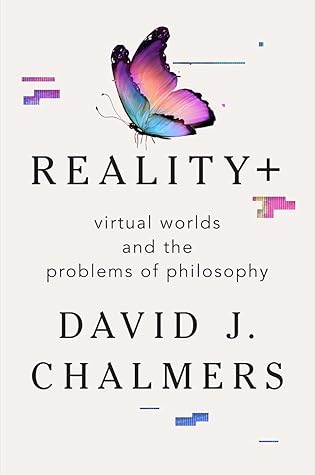More on this book
Community
Kindle Notes & Highlights
Read between
August 21 - September 11, 2022
You might have thought that as the inventor of the bit, Leibniz would have liked the it-from-bit view, but in fact he preferred a panpsychist form of idealism in which the world is made of simple “monads” with perceptions of their own.
In one sense, information is the realm of facts.
In another sense, information is the realm of bits.
In ordinary English, talk of information is usual...
This highlight has been truncated due to consecutive passage length restrictions.
There’s an interesting question about whether an untrue claim, such as The capital of Australia is Sydney, counts as information. Usually we’d count it as misinformation and distinguish it from information, but sometimes it makes sense to group these two categories together. In a modern database, for example, a fair amount of the information contained may be misinformation. An online database may have an outdated address for me and the wrong date of birth. Philosophers usually reserve the word fact for claims that are true, and use the word proposition for claims that may be true or false.
...more
semantic information. It makes a claim about the world:
Semantic information is crucial for understanding language, thought, databases, and much more.
Some philosophers have even suggested that reality is made of s...
This highlight has been truncated due to consecutive passage length restrictions.
In his 1921 Tractatus Logico-Philosophicus, Ludwig Wittgenstein wrote, “The world is the totali...
This highlight has been truncated due to consecutive passage length restrictions.
This “it-from-fact” view is an important metaphysical view, although it is very different from the “it-from-bit” view, according ...
This highlight has been truncated due to consecutive passage length restrictions.
The sort of information that is most central in computer science, and most central in this book, is what I wi...
This highlight has been truncated due to consecutive passage length restrictions.
Structural information most commonly involves a sequence, or ...
This highlight has been truncated due to consecutive passage length restrictions.
we’ve seen, a bit is simply a binary digit: 0 or 1. Bits can be arranged into binary s...
This highlight has been truncated due to consecutive passage length restrictions.
Modern computers fundamentally deal with structural information. They encode structures of bits and transform t...
This highlight has been truncated due to consecutive passage length restrictions.
In addition to inventing binary arithmetic, Leibniz himself designed and built some of the earliest mechanical calculating machines. The first such machine was designed by another great philosopher/mathematician, Blaise Pascal, in 1642. Pascal’s calculator performed addition and subtraction, and Leibniz’s (designed in 1671) performed multiplication and division as well. Their machines used dials encoding sequences of decimal digits rather than binary digits (Leibniz discussed a binary machine in his 1703 essay but never built it), but they process structural information all the same. This
...more
This highlight has been truncated due to consecutive passage length restrictions.
when bits encode facts, or when structural information encodes s...
This highlight has been truncated due to consecutive passage length restrictions.
symbolic info...
This highlight has been truncated due to consecutive passage length restrictions.
Symbolic information is the central sort of information in modern data science.
for example, whenever a string of letters, like “John is in Sydney,” encodes a fact about the world. Strings of letters are structural information, and their meanings are semantic information, so language as a whole involves symbolic information.
To recap: Structural information involves bits.
Semantic information involves facts.
Symbolic information involves bits en...
This highlight has been truncated due to consecutive passage length restrictions.
Strictly speaking, the definitions should be broader than this. We’ve already seen that to encompass misinformation, as in “Sydney is the capital of Australia,” semantic informa...
This highlight has been truncated due to consecutive passage length restrictions.
Likewise, structural information can go beyond bits to include structures of ...
This highlight has been truncated due to consecutive passage length restrictions.
But bits and facts are the core case, and differences encoding propositions doesn’t roll off the tongue nearly as well as bits encoding facts...
This highlight has been truncated due to consecutive passage length restrictions.
You can make the same three-way distinction for data. Structural data involves bits, semantic data involves facts, and symboli...
This highlight has been truncated due to consecutive passage length restrictions.


